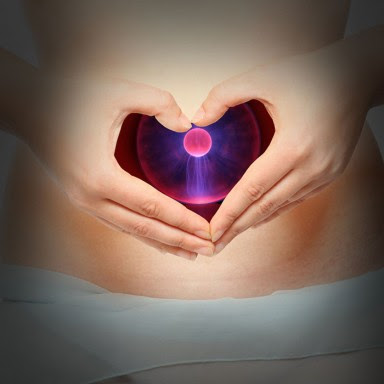PLANO – For three years,
Kelley McKissack and her husband tried to have a baby. Three times, McKissack
miscarried.
The 28-year-old from Wylie talked with her
fertility specialist about using a surrogate, but she had questions about
potential legal issues.
Then she asked her doctor, what about my
mother?
On Wednesday, 54-year-old Tracey Thompson,
McKissack’s mom, gave birth to a healthy baby girl at The Medical Center of
Plano.
And on Thursday, McKissack showed off her
rosy-cheeked daughter, all 6 pounds and 9 ounces, with Thompson beaming by her
side.
The pregnancy inevitably had its unusual
moments, Thompson said.
Sometimes, strangers would stare. First at
Thompson’s face, then at her belly.
Her husband would jokingly tell people the
baby wasn’t his and walk off, leaving Thompson to explain it was their
daughter’s.
“The looks we got were quite funny,”
Thompson said.
The baby’s name is Kelcey — a combination
of Kelley and Tracey.
“Say hi to the world!” McKissack told
Kelcey, tucking her tiny arms in a mint-colored blanket as a camera shuttered
in their hospital room.
Thompson, who lives in the rural community
of Nevada, was already seven years past menopause when she began the pregnancy,
but her health was excellent, doctors said at a press conference. She was
implanted with an embryo remaining from her daughter’s final round of in vitro
fertilization.
Though noteworthy, Thompson’s pregnancy
was no medical breakthrough. Surrogates as old as 61 have given birth to
children in Chicago and Japan in recent years, each time on behalf of their
daughters.
Overall, Thompson had “a great pregnancy,”
said Dr. Joseph Leveno, an OBGYN at The Medical Center of Plano. However, a
complication toward the end led to a C-section.
“It was a beating,” Thompson told
reporters about her surrogacy. “It really was…It’s been many years since I’ve
been pregnant.”
Thompson has two adult children.
McKissack’s brother is 30.
Doctors said Thursday that Thompson first
went through a comprehensive medical evaluation. Her family also had to sit
down with a counselor to check for any emotional problems. Once it was
determined that Thompson’s uterine cavity was normal, she started taking
hormones to prepare for the implantation of a 5-day-old embryo.
“Pregnancy is a heavy load on a woman,”
said Dr. Ali Guerami, McKissack’s fertility specialist, who has an office in
Frisco. “We have to make sure that their heart can accept it, and then we have
to make sure the patient understands that when they’re older there’s much more
chance you’ll have an operative procedure like a C-section.”
With older women, there’s also a higher
possibility of complications, Guerami said.
Surrogacy is not a path one should pursue
based on feelings alone, the doctor added. He pointed to legal and emotional
challenges on top of the physical ones.
“Just because the patient wants it, or
there is a surrogate available, doesn’t mean they should go ahead and do it,”
Guerami said.
Surrogacy was not a decision Thompson and
her husband came to lightly. They talked to their church pastor, among other
trusted friends, seeking advice.
Whether the surrogacy was part of God’s
plan wasn’t a discussion, said John Spencer, pastor of Lone Star Cowboy Church
in Nevada. He knew about the difficulty of the couple’s daughter and son-in-law
to have a baby.
“God uses medical channels to heal, or in
this case, bring new life,” Spencer said.
Tracey Thompson’s close friend Trisha
Sheffield visited the hospital Thursday on her lunch break as staff was setting
up for the press conference.
“When I walked in, her papa [Ben Thompson]
was holding the baby, and he couldn’t be more proud,” she said.
McKissack and Thompson, wearing black
leggings and matching winter boots, held hands as they replied to a volley of
questions from reporters.
Mom and daughter said they have always
been close. They recalled a conversation they had when McKissack was 13. The
teen asked her mom, “If I can’t carry my own baby, would you carry it for me?”
Thompson said yes, never dreaming she would be in that position.
Barely a year after her last miscarriage
on Christmas day, McKissack held Kelcey close to her chest, studying her face
and rocking her gently.
“No one could give someone a greater
gift,” McKissack said. “Ever.”













